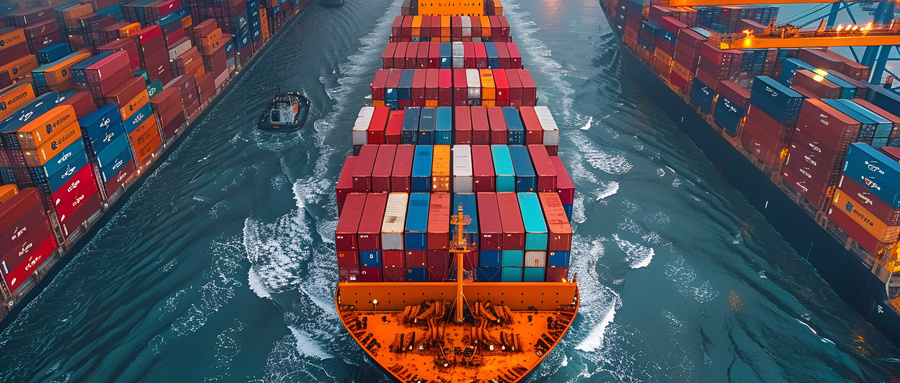

Analysts warn: the container market is rising, tariffs or will lead to disruption of shipping capacity

A major shift in container shipping, marked by record capacity and unexpected freight rate increases, points to the potential for serious disruption in the near term.
According to analytics firm Xeneta, capacity from the Far East to Northern Europe is expected to reach an all-time high in mid-April. This increase exceeds the previous record set in November 2021, at the height of the epidemic, when capacity reached 336,800 20-foot equivalent units (20-foot equivalent units).
Meanwhile, the average spot rate on the route rose 4.8 percent to $2,457 per 40-foot TEU as of Tuesday. The Mediterranean route saw an even bigger increase, with rates up 6.8% to $3,270 per 40-foot TEU.
Peter Sand, principal analyst at Xeneta, said in a research note: "This week, we expect record container traffic from the Far East to Northern Europe, which means shipping companies know the market is boiling. That suggests a tight market, but demand also has to be there to put upward pressure on freight rates."
The unusual combination of capacity growth and higher freight rates during the usual off-season has led to speculation about the impact of tariffs on trade flows. Sander believes that shippers may be diverting cargo from the Far East to Europe rather than the United States. Us tariffs on some Chinese imports are already as high as 245 per cent.
While the Far East to Europe route is growing, other major trade routes are showing a different trend:
- Freight rates from the Far East to the US East Coast remained stable at $3,951 per FEU.
- The freight rate from the Far East to the West Coast of the United States remains at $2,910 per FEU.
- Rates from Northern Europe to the East Coast of the United States remain unchanged at $2,158 per FEU.
So far this year, rates on all outbound routes have fallen sharply, ranging from 20 per cent from Northern Europe to the US East coast to 50 per cent from the Far East to the US west coast. At the same time, shipping companies announced increases in general rates and surcharges to stabilize prices.
Port congestion in northern Europe adds to complex market dynamics. The Belgian port of Antwerp, the French port of Le Havre, the London Gateway and the German Port of Hamburg all experienced severe congestion due to a variety of factors, including weather, crane maintenance and labor unrest.
Sander warned that given the average transit time of 55 days, it could cause "disaster" when record Far East capacity reaches northern Europe. "As we will see in 2021, congestion is harmful to sea container traffic and can quickly spill over into global supply chains."





